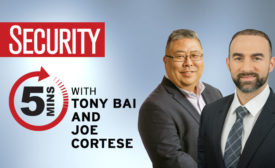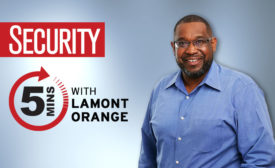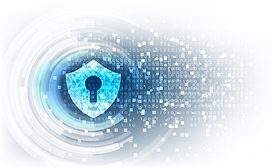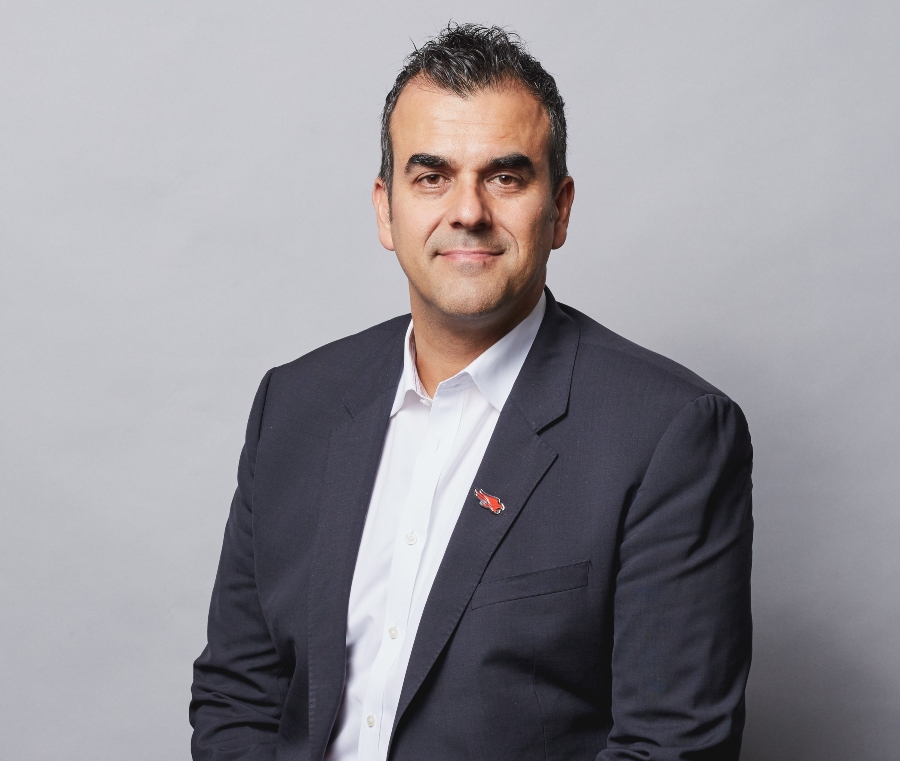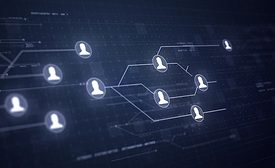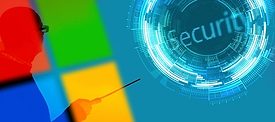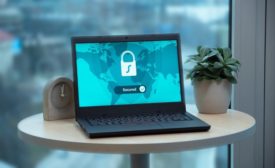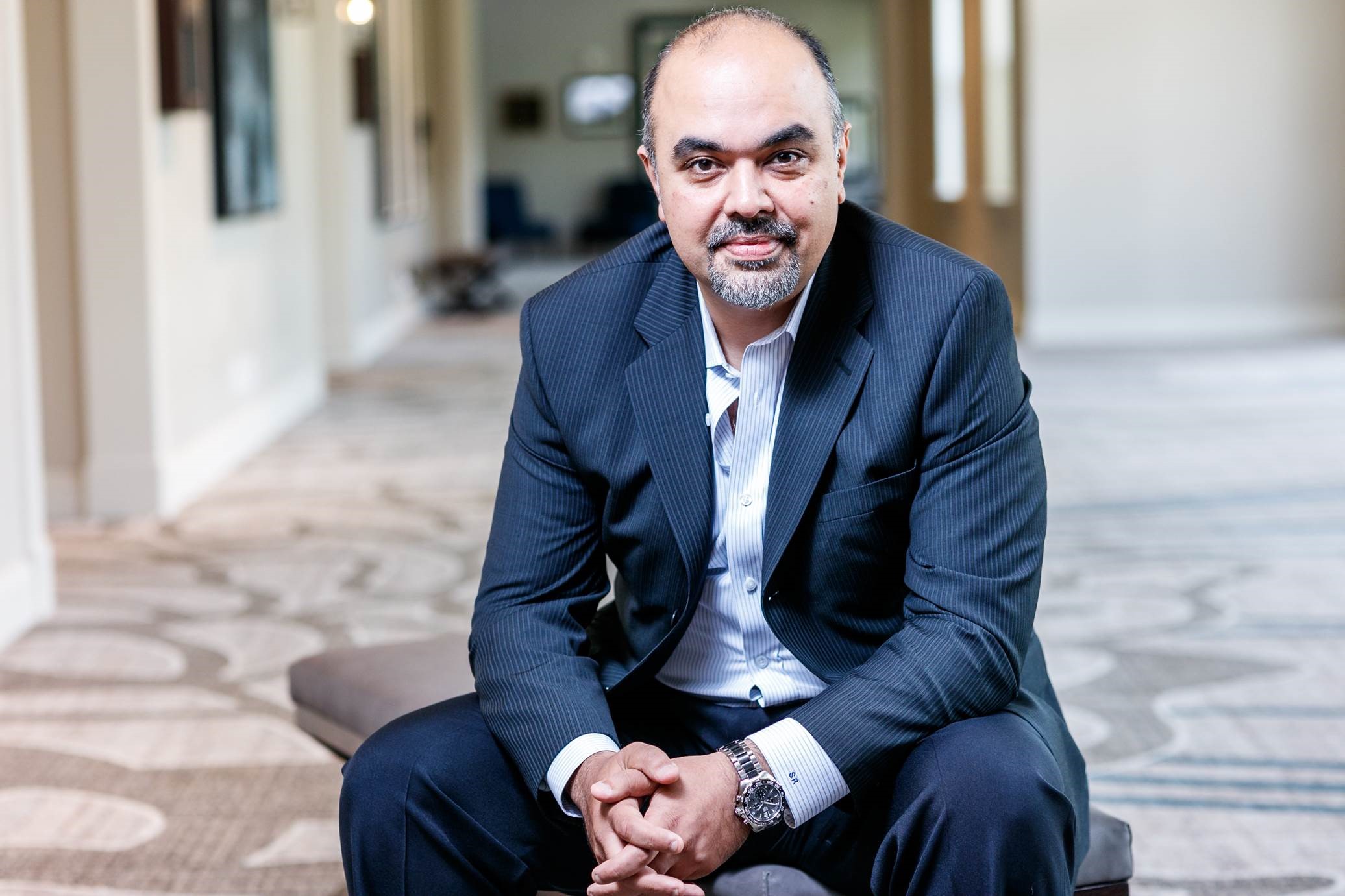Home » Zero Trust
Articles Tagged with ''Zero Trust''
Zero Trust, a core component of any modern security strategy
Looking to avoid a supply chain hack like Sunburst? CrowdStrike CTO Mike Sentonas says Zero Trust is key.
June 10, 2021
Sign-up to receive top management & result-driven techniques in the industry.
Join over 20,000+ industry leaders who receive our premium content.
SIGN UP TODAY!Copyright ©2024. All Rights Reserved BNP Media.
Design, CMS, Hosting & Web Development :: ePublishing
